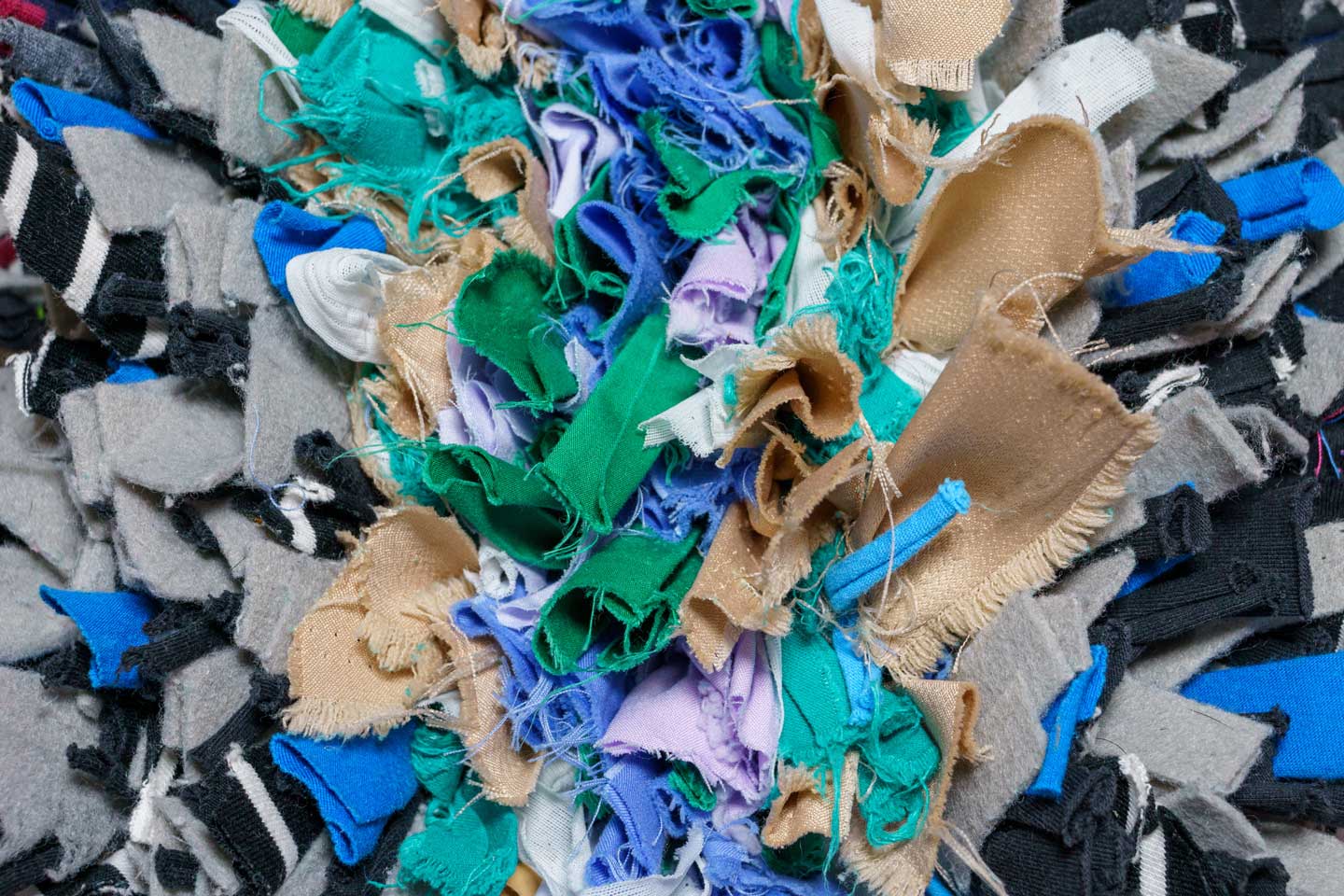Challenges of Textile-to-Textile Recycling

The Circular Economy
In a linear economy, resources are mined, used in manufacturing, consumed, and then discarded. Unlike the current linear economy's "extract, manufacture, consume, dispose" business model, the circular economy redesigns the rules of the game, where the purpose of producing products not only serves customers but also includes a mission to return to the circular system. The circular economy is a production and consumption model that aims to recover and regenerate energy and resources in an endless loop. The common solution for recycling in the textile industry is to use yarns recycled from plastic bottles. However, the market and communities are looking forward to a closed-loop textile supply chain that can recycle textile waste and turn it into new fabrics. Put differently, these resources can be kept within the same supply chain and reused in a circular manner.
Circular Textiles
According to McKinsey & Co., almost three-quarters of textile waste in Europe can be recycled by 2030, creating new opportunities for apparel companies. The European Apparel and Textile Confederation also announced recently to pursue textile-to-textile recycling via its ReHubs initiative with the aim of recycling 2.5 million tons of textile waste by 2030. The concept of circular textiles is not new to eco-conscious brands. In 2005, Patagonia partnered with Teijin Frontier, a Japanese textile mill, to chemically recycle used baselayers from customers. In 2016, the H&M Foundation partnered with the Hong Kong Research Institute of Textiles and Apparel to develop and commercialize a closed-loop textile recycling system to achieve full recycling in garments.

Challenges of Mechanical Recycling
Due to the significant investment required of approximately €200 million, the majority of large-scale recycling facilities opt for mechanical recycling instead of chemical recycling, which has yet to see widespread commercial use. Compared to chemical recycling, mechanical recycling requires less energy and emits lower carbon emissions. The mechanical recycling process entails the crushing, melting, filtering, and pelletizing of textile waste. The key is to separate textiles by material and color to minimize impurities in the waste stream since recycled textiles with mixed colors are less commercial. Naturally, sorting accurately is the most challenging step. Whether it is material or color, the more accurate the classification, the better the quality of the recycled materials will produce. In addition, solvents may be added to clean and bleach the recycled textiles to help the end product look as close to the original.
On the journey to circular textiles, Ri-Thai continues to innovate in a sustainable fashion. “Through an innovative and environmentally sustainable approach to making fibers, we retain textile waste and turn it into part of a new fiber with little compromise on performance and the aesthetic appearance,” said Shawn Huang, Chairman of the Board, Ri-Thai International Inc. Guided by this vision, As such, Ri-Thai is currently in the process of designing monofilament yarn with a unique structure that eliminates the need for bleaching and cleaning processes, thus lowering our carbon footprint and negative impact on the environment. Our aim is to enable the inclusion of a greater variety of textiles, regardless of color or material, into the circular system through this unique design, achieving textile-to-textile recycling.
Retain to Sustain (RTS) is an initiative launched by Ri-Thai with a mission to curb resource consumption and environmental impact while advancing the circular economy. Investing in R&D and adhering to the “Reduce, Reuse, and Recycle” principle has enabled us to advance innovative and low-carbon solutions that foster textile circularity and assist a wide range of industries in achieving their sustainability goals.
RTS welcomes partners to close the loop on textile waste together. Contact us at info@retain2sustain.com
Keywords: circular economy, circular textile, circular textiles, textile-to-textile

